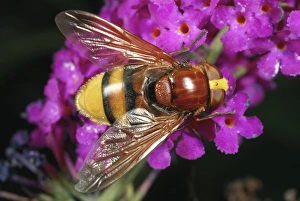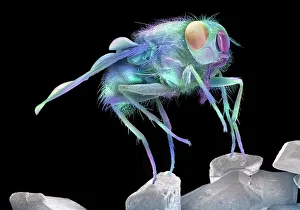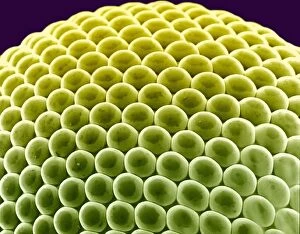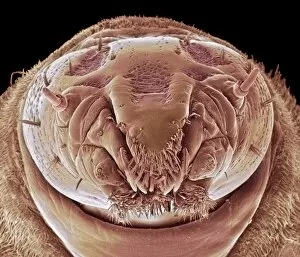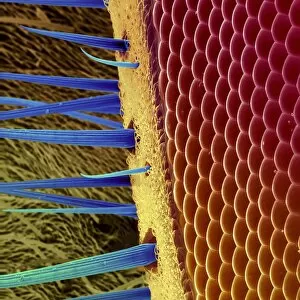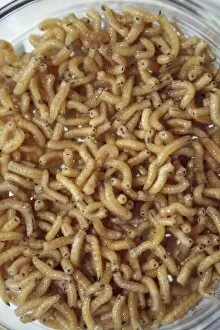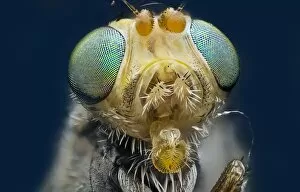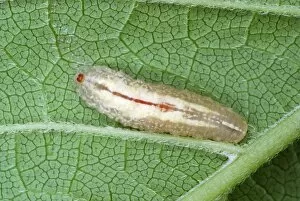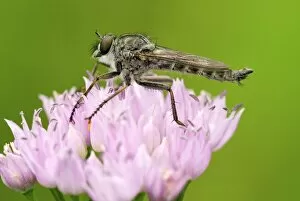Dipteran Collection
Dipteran, the fascinating world of flies
All Professionally Made to Order for Quick Shipping
Dipteran, the fascinating world of flies. From the Hornet mimic hoverfly to the Stalk-eyed fly and its unique SEM C014 / 4882 appearance, these dipterans never cease to amaze. A close-up view of a Fly on sugar under an SEM reveals intricate details that often go unnoticed by our naked eye. The Maggot head, captured through an SEM C014 / 1449 image, showcases their peculiar yet intriguing features. The Bluebottle eye stands out with its mesmerizing hues while a close-up shot of a Mosquito (Culicidae) reminds us of their presence during summer nights. The Housefly head is another reminder of these common insects that share our living spaces. But not all they are mundane; take for instance the Band-eyed brown horsefly with its striking eyes or the Hoverfly head displaying vibrant colors and patterns. Even the Yellow dung fly has its own charm in nature's tapestry. Observing an European hoverfly delicately perched on an Aster sp. Flower brings forth appreciation for their role as pollinators in ecosystems worldwide. In this diverse group known as Dipteran, each species holds a unique place in our environment - whether it be mimicking other creatures like hornets or serving essential ecological functions such as pollination. These images offer glimpses into their captivating world and remind us to appreciate even the smallest creatures around us.


